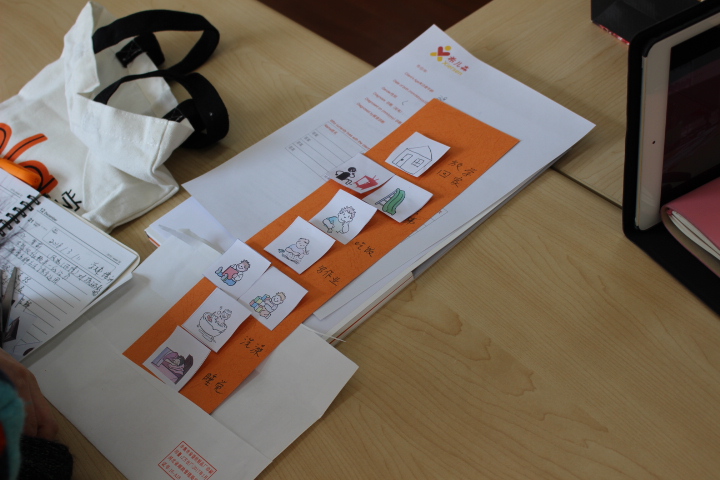By Dr. Guanghai Wang, Clinical Psychologist
with Miriam McBreen, Reading Specialist

Autism Spectrum Disorder, or ASD, is thought to affect approximately 15% of children. While no two individuals with ASD are exactly alike, some frequent characteristics include impairments in communication and social interactions, repetitive behaviors, difficulty with change, and increased sensitivity to sensory stimulation.
Because of these factors, certain aspects of school life can be challenging for students with ASD, such as learning the different expectations for each class, or following assignment directions. Below, we share some tips that can help you support students with ASD in your classroom.

1. Priming
Exposing students to course material or tasks before instruction, or priming, allows them to become familiar with the material, understand key concepts in depth, and reduce stress. Some ways to prime material for students include:
-
Providing a list of potential questions the day before a class discussion
-
Explaining which concepts are most important before a lesson
-
Asking parents to remind the child about upcoming tests or projects

2. Academic modifications
Academic modifications adapt the content or format of an assignment to meet a student’s specific needs. This helps make the school environment easier for students to navigate, while still ensuring they learn required content. Modifications can include:
-
Breaking down homework assignments into smaller components
-
Providing test questions in a different format (e.g. multiple choice instead of open-ended)
-
Reading test instructions out loud

3. Home-base
Designating a home-base provides students with a place to go when they’re feeling anxious or stressed. This can help students cope with challenging situations and regain control, without distracting their classmates. Creating a home-base involves:
-
Choosing a place either in your classroom or elsewhere within the school
-
Teaching students when and how to access their home-base
-
Developing a plan for students to return to classroom activities

4. Visual supports
Visual supports that illustrate important information help students with ASD stay focused on their work throughout the day, and helps streamline their learning process. These can include:
-
Displaying the weekly agenda in an area of the classroom that is highly visible
-
Providing students with a printed schedule
-
Using graphic organizers as an alternative to typed notes or outlines

5. Reinforcement
Reinforcement, when paired with specific feedback, rewards students for behaving in ways that support their personal growth, and increases the likelihood that students will adopt positive behaviors. This can include:
-
Verbal praise for desirable behaviors, especially those that are challenging for the student
-
Other valuable reinforcers, such as a homework pass or computer lab time
When working with students with ASD, the key to school success is the implementation of the right strategies in the context of the right relationships. By integrating these and other tips, you can help support students with ASD to learn and flourish within their school environment.
